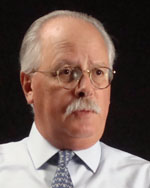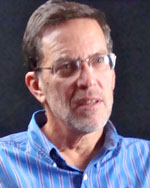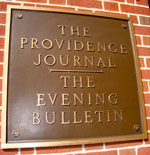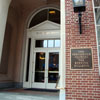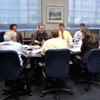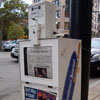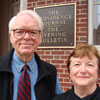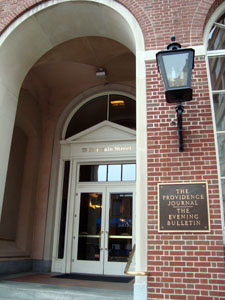Summary
“For many years we [newspapers] owned the information business. Today, anyone can own it,” says Peter Phipps, The Providence Journal’s managing editor for new media. “Smart phones will be a major delivery device and we’ll all have them – soon.”
Phipps’ comments reflect a conundrum: Newspapers feel the hot breath of the digital world on their necks. Yet it is print products, not digital, that provides 90 percent of most newspapers’ revenue.
The Providence Journal is proceeding on a path similar to other newspapers participating in the “Who Needs Newspapers?” report. “We are listening to our readers and advertisers,” says Publisher Howard Sutton. “Listening” has led to the following initiatives.
Sutton says they have spent the last three years working with XB Coaching in Portsmouth, R.I., training the newspaper’s advertising reps to sell both print and digital products and be proficient in consultative selling.
The Journal’s managers have restructured the newspaper, responding to research indicating their readers want state and local news in the A-section. The B-section now contains world, national and business coverage. Feature stories are in the C-section. The Journal is focusing on “content competency,” and using AST (alternative storytelling techniques) says Executive Editor Thomas Heslin. (See examples of AST at the Journal’s Enterprise Stories link.) The Journal also created five news desks to cover the special interests of their community: l. Breaking-news (first responders), 2. Public Policy, 3. Commerce and Consumers, 4. Justice, and 5. The Future.
Some things are constant, says Heslin: “We ask our reporters every day to live out the principles of the First Amendment.”
Check This
Phipps encourages prospective reporters to strive to be literate, to be well read and to practice good writing; but he also encourages them to be techno-literate and familiar with computer logic and databases. Sutton describes the digital products creating revenue for The Journal. Click on J-Epiphanies on the toolbar to hear Heslin’s story about what he missed when he covered a “big egg” in Maine and Phipps’ experience with a tipster at an Ohio racetrack.
Coming next
– The Mid-Atlantic series: The Bergen (N.J.) Record, The Delaware State News, and The (M.D.) Afro-American.
-- Sara Brown and Paul Steinle




